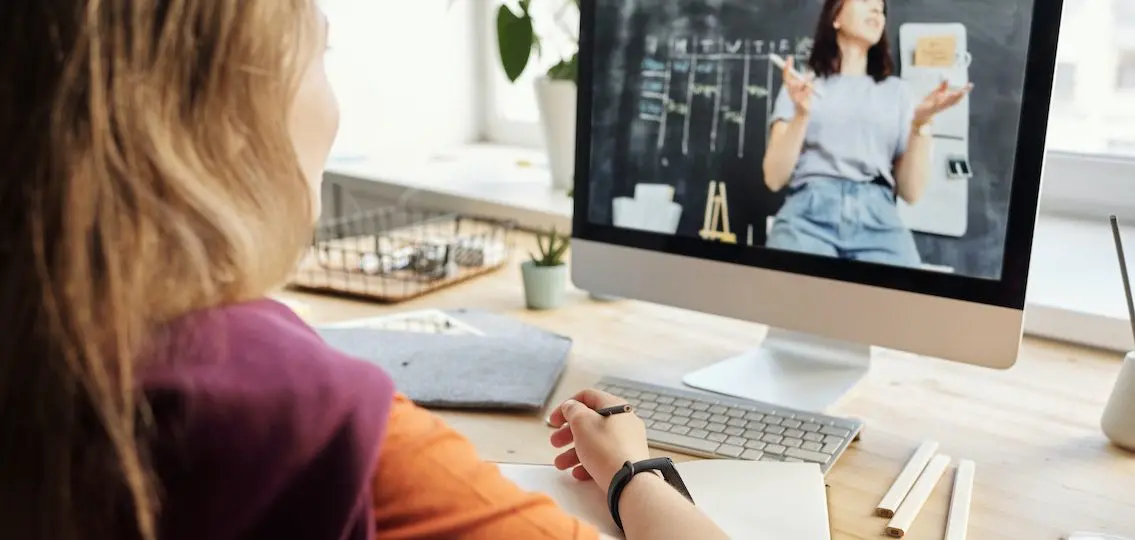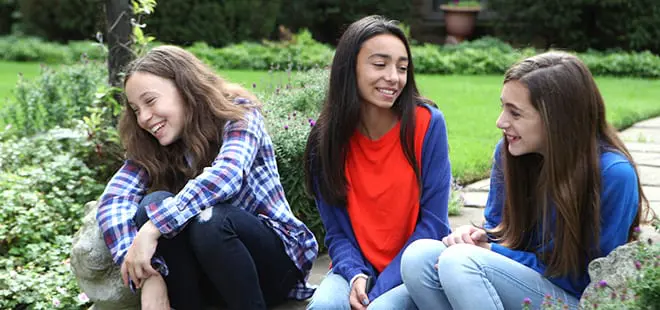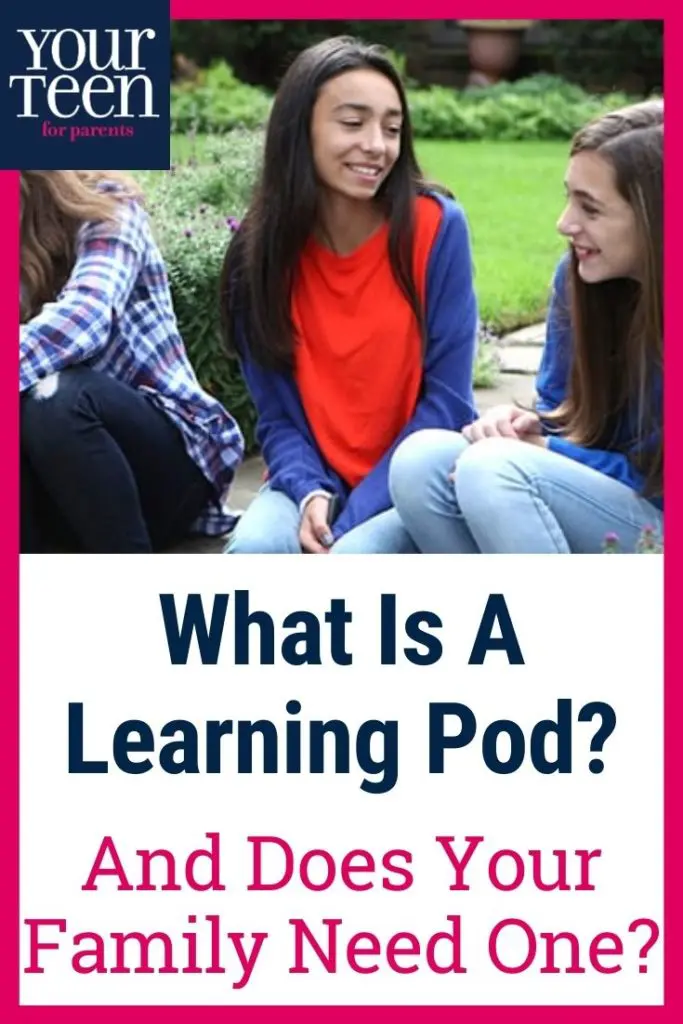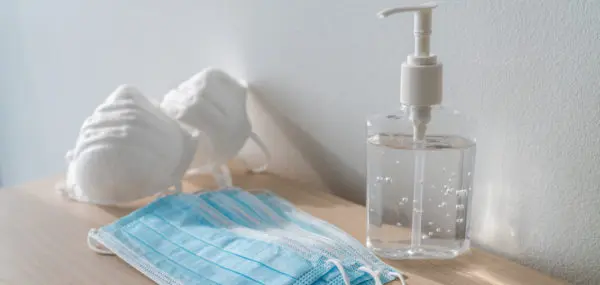With so many schools starting the year in a virtual format, parents are feeling overwhelmed. Last spring’s quick pivot to online learning was difficult for many families. And after living with so many months of uncertainty while clinging to the hope that our children would be back in school, it’s hard to face the fact that for many of us, our kids will be learning from home.

Hadassa Meyers, founder of A+ Solutions, a company that provides educational and psychological support to students of all ages, knows just how you feel. Nevertheless, she is hopeful that parents will “be proactive and think about this in a way that is just not crisis management. We all did that in March. We just gave ourselves a pat on the back and said we did the best we could do.”
Meyers explains, “This could last a while. We don’t know when this is ending. And a school year or a semester is a really long time for a kid. There is a lot that’s supposed to happen in that time. I think we want to try to get out of the crisis management mode and get into the creative homeschooling mode.”
| [adrotate banner=”167″] |
So how do we do that?
One idea that’s picking up steam is learning pods. Families who have the same approach to the pandemic group together and form their own pods to learn together. For kids (and parents) who have been dealing with loneliness and isolation, a learning pod is a way for them to have a small social network. They’re like homeschooling groups.
Types of Learning Pods
Meyers makes it clear that there are myriad ways to organize a learning pod:
- A lot of parents are getting together with neighbors or friends with kids in similar age groups and working together. If they all attend the same school, then they’ll work on the same curriculum. They’ll schedule their learning time together so their pod feels like a little school.
- Some parents may have kids who are all enrolled in different schools or programs. But parents don’t want them to be isolated so they still form a pod. Then, the students will learn independently but they’ll take breaks together and have lunch together. It’s a lot like the parallel play kids did when they were toddlers.
- Some families are forming co-ops. In this scenario, the parents share the monitoring on a rotating basis and again, the kids have the opportunity for social interaction.
- Parents who work outside of the home are hiring an adult to facilitate the learning pod. They may need someone to actually do some teaching or perhaps they need someone who can help monitor the students’ independent work time. That depends on what kind of learning program the students are participating in.
There’s no one way to do it. Meyers shared the questions that she has been using to help family determine the type of learning pod that will work best for their needs:
- Why are you doing this?
- What kind of input does your student need?
- What are you looking for in another family?
- What are your concerns about exposure?
- What type of schedule will work for your family?
Once she understands what all of the parameters are, Meyers works to match them up with other families, and if necessary, find an adult who can help facilitate.
No matter what parents do, the key is to move past our disappointment, reframe virtual learning, and do what we can to make the best out of this school year. Learning pods may be one solution.
To learn more about learning pods and the other services that A+ Solutions offers, check out their website at www.thinkaplus.com





